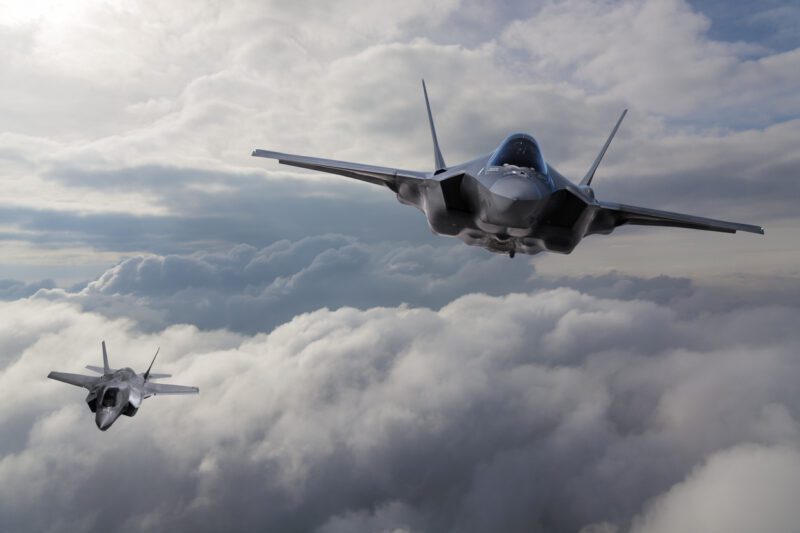
Lockheed Martin has won a 1-year $1.9 billion contract to support operations and sustainment of the F-35 fleet through the F-35 Joint Program Office.
The contract through Dec. 31 also involves improving mission readiness and further reducing costs as well as funding critical sustainment activities aircraft in the fleet and building the capacity to eventually support a fleet of more than 3,000 F-35s. Lockheed Martin has been involved with F-35 production for more than 15 years.
Under the contract, the company will supply experts to support base and depot maintenance, pilot and maintainer training and sustain engineering across the globe. The contract also involves data analytics and supply chain management for parts repair.
“The F-35 continues to deliver exceptional capabilities to the field, and this contract ensures F-35s are mission ready to meet warfighter needs,” said Greg Ulmer, Lockheed Martin vice president and general manager of the F-35 program. “The joint government and industry team continues to make significant progress improving readiness rates and reducing sustainment costs. In 2020, we will continue to optimize and advance the sustainment system. We are confident F-35 sustainment costs will be equal to or less than legacy jets.”
The F-35 Joint Program Office, together with each U.S. service, international operator and the F-35 industry team, leads F-35 sustainment and the Global Support Solution. Lockheed Martin’s sustainment cost per aircraft per year has decreased for four consecutive years, and more than 35 percent since 2015, officials said.
“The F-35’s reliability continues to improve, and the global fleet is averaging greater than 65 percent mission capable rates, with operational squadrons consistently performing near 75 percent,” according to a press release. “The F-35 enterprise continues to pursue 80 percent mission capable rates in the near term and reduce the F-35 cost per flight hour to $25,000 by 2025, which is equal to or less than the cost to sustain legacy, less capable aircraft.”
To meet those goals, leaders have enacted several changes including supply chain competitions, efforts to build supply capacity, synchronizing spare buys, improving parts reliability and maintainability, implementing advanced analytics tools, more quickly modifying older aircraft and supporting the stand-up of government-led regional warehouses and repair depots.

